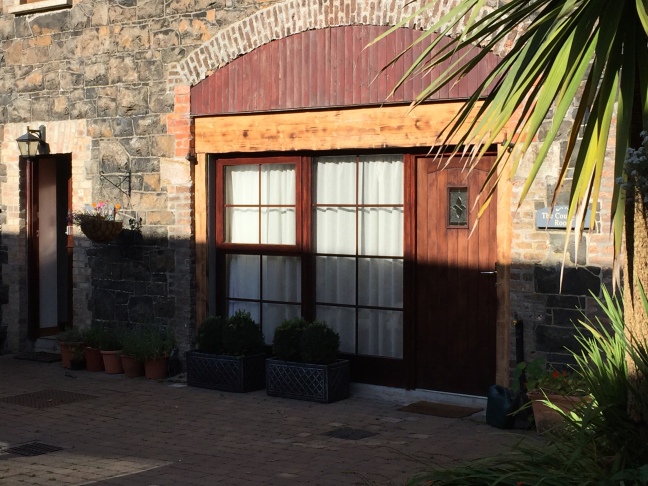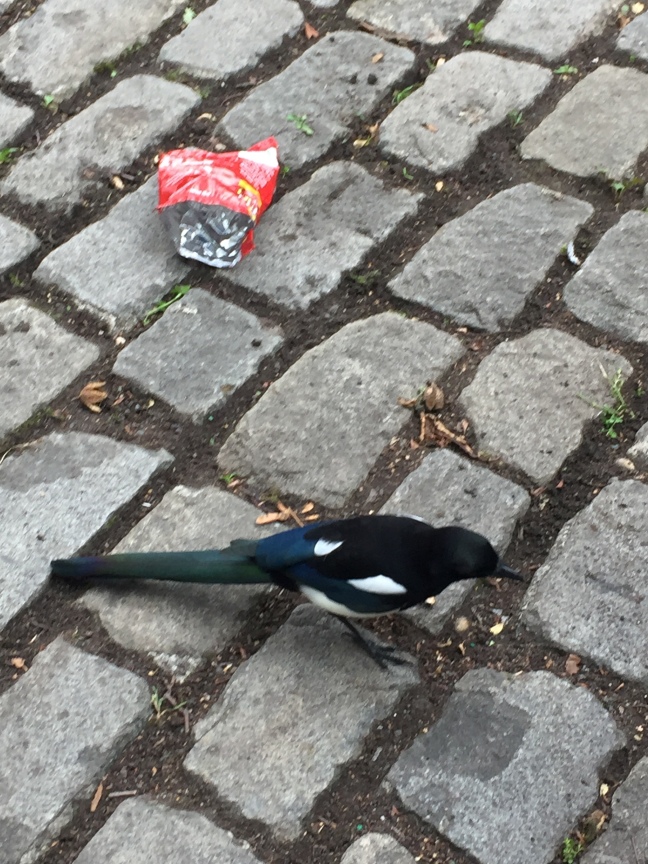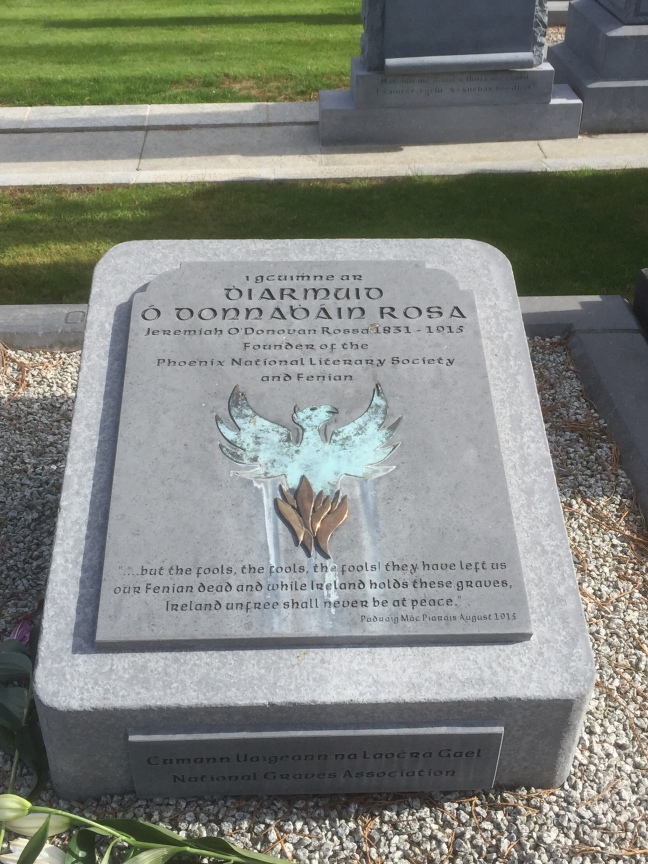The Bru na Boinne archaeological site lies about 50 miles north of Dublin, in the Boyne River Valley and next to Ireland’s largest town, Drogheda. We thought that could not be right but have since learned the Irish make a clear distinction between town and city. Dublin, of course, being the largest city. The Boyne Valley contains several dozen ancient burial mounds and the ruling seat of Irish kings, the Hill of Tara.
While Tara today is little more than a smooth grassy hill, Bru na Boinne comprises three huge “passage graves,” named Newgrange, Knowth, and Dowth. The best known of these is Newgrange, which was rediscovered in the 1960s after millennia of ‘hiding in plain sight’ and explored and restored in 1962-1975. Visitors on guided tours can traverse a narrow path to the central chamber to see various features and experience total darkness. Guides, using a flashlight in the pitch black interior simulate the sight the ancient people at Newgrange saw at sunrise on the Winter Solstice.
Larger but less-known Knowth has two inner chambers and is surrounded by a dozen small passage graves and “kerbstones” decorated with pictographs.
Dowth is the least explored site and is rarely open for public tours.
We were blessed with a gorgeous sunny day for our explorations of Newgrange and Knowth. The sun shining on the quartz-lined walls of Newgrange was spectacular.

The entrance to Newgrange passage grave is the lower dark hole. At the Winter Solstice light from the rising sun shines through the upper hole and illuminates the passage all the way to its central chamber.

Massive “kerbstones” surround much of the Newgrange mound, which occupies an acre.



More Newgrange features and surrounding Boyne Valley countryside.
Below are views of Knowth.

The 1 1/2 acre bulk of Knowth passage grave. This grave has east- and west-facing passages aligned to indicate the arrival of the spring and autumn equinoxes. Knowth’s sides are lined with 52 kerbstones, most of which contain megalithic pictograph art.






All four of us agreed that Knowth is truly magical. We were fortunate to be the only four on the 1:45pm tour of Knowth. Our guide, Jackie, gave us a brief history and answered our questions then turned us loose to explore on our own. Unbelievable!
Jackie is a local and her love, enthusiasm, and appreciation of Knowth fired our imaginations too.
Even magic eventually comes to and end so we boarded the bus to return to the Visitor’s Center. Another local, Callum, greeted us as we boarded the bus with freshly picked blackberries to enjoy on the drive back while he described his childhood playing cowboys and Indians on the mounds of Knowth.
Slán go fóill!
~~~
Are you enjoying these posts? — Go here to see more pictures and read our blog posts from two previous visits to Ireland and Scotland, in 2013 and 2016.
(http://kandmindublin.blogspot.com/)








































